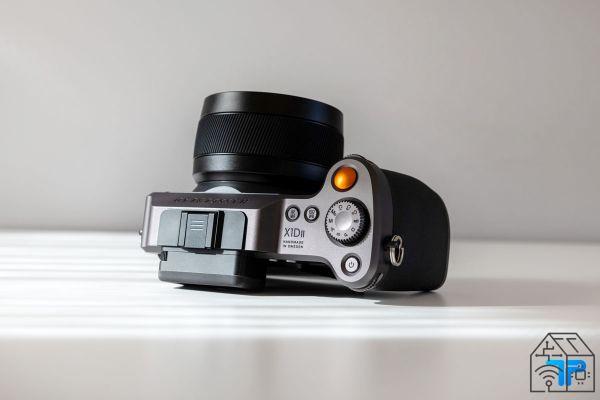
Hasselblad has always been synonymous with quality and style, with a reputation that sees it in the Olympus of photography. In recent years, however, the story has been a bit different. After spending a period in the shadows, in which she focused almost exclusively on very high profile medium format cameras, she returned to the charge in 2016 with the launch of the first mirrorless medium format, X1D. Four years later, however, the situation in this market sector has changed and Hasselblad has an important competitor that it has to contend with. I'm talking about Fujifilm and its GFX series, with which the Japanese company has already hit 100 million pixels.
But while Fujifilm works on more models and more price ranges, Hasselblad keeps the focus only on X1D, recently updated to Mark II version. A lot was expected from the second generation of this camera made in Sweden, such as a higher number of megapixels on the sensor but, instead, the changes concerned more practical aspects, to improve its usability. I'll tell you right away, the sensor is the same as the first version, a medium format CMOS of 50 million pixels.
Design & Materials
On the aesthetic and design aspects, there are not many innovations, but this is right, given the already excellent starting point. The body of X1D was certainly one of the most successful in recent years and the second version is confirmed as such. We are in front of a camera, but at the same time also a piece of design.
As soon as it is picked up, you immediately notice how much the new Hasselblad X1D II has been studied in every detail, to become a natural extension of the photographer's hands. The handle is structured to offer a solid and comfortable grip, but above all to reach the rings without having to move your hand. The index finger falls perfectly on the front ring and the thumb on the back one.
The upper profile, characterized by the beautiful orange shutter button, perfectly represents the concept of minimalism: less is more. There are only three other buttons, one for turning on the camera, one for switching between AF and MF and one for managing ISOs. The classic exposure mode dial completes the elements at the top. Then looking at the front there is very little to say, except that, once the lens is removed, you can admire the huge medium format sensor and that there is a button to which you can assign customized settings.
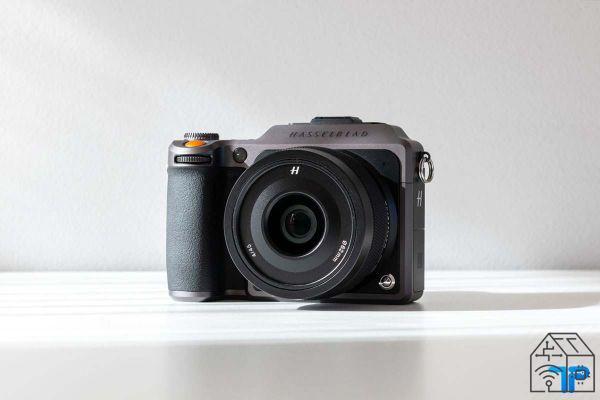
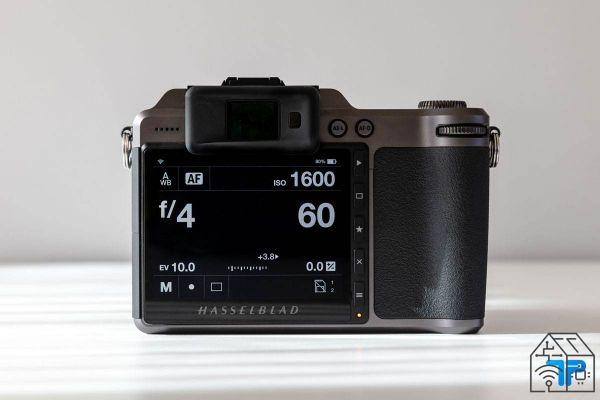
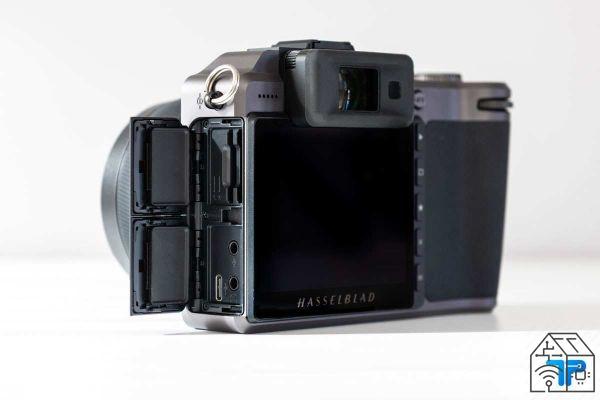
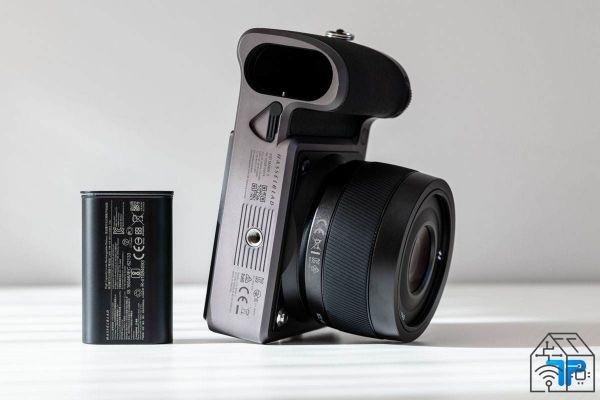
Even looking at the back of this mirrorless you can see the simplicity of its design: the large LCD display divides the scene with the electronic viewfinder. Beside the touch-screen da 3,6” there are five physical buttons with the most frequently used commands, while on the right of the viewfinder there are those for locking the exposure (AE-L) and for starting the focus (AF-D).
As in the first version, the battery is hidden in the caseback, without any door, but with a seal that guarantees its impermeability.
If there is no element on the side of the handle, on the other side there are two doors: the upper one with the Hasselblad H keeps the two SD memory card slots. Behind the other, however, we find an interface USB-C and headphone and microphone jacks.
Through the USB-C port we can recharge the battery of X1D II, connect a computer or a iPad Pro to shoot in tethering or simply download the photographs you have just taken.
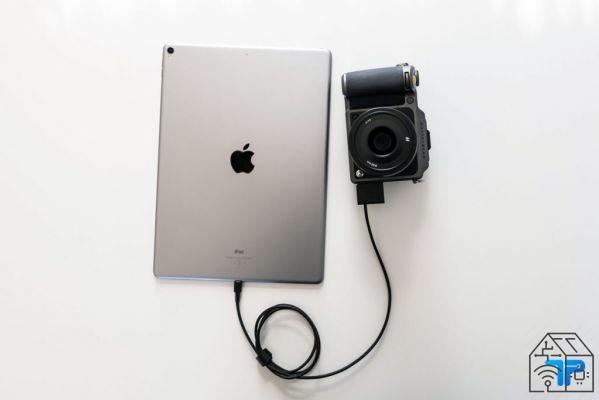
Without too many words, from a constructive point of view, I find the Hasselblad X1D II one of the best cameras around. The body comes from a single block of aluminum worked with care in every detail. And if I have already told you about the grip, I have not yet focused on the keys present on the body, which although they may seem small, offer excellent feedback when pressed. This medium-format mirrorless does not betray the expectations on aesthetics and its structure, but it is also what is expected from a brand like the Swedish one. And, in fact, when compared with its closest competitor, Fujifilm GFX 50R, there is no match. The price difference is also due to these structural aspects.
utilization
The first impact in using X1D II was extremely positive, especially because of the new one touch-screen panel with which it is equipped. If the interface has not changed formally much, what has been worked on in Sweden is the ease of use of the camera. And even in this case, the focus was on limiting the menu to the essentials, which, in fact, are simple and really intuitive. For all of us who are used to having a smartphone constantly in hand it will not be a problem to navigate the X1D II menu. You can also change the arrangement of the icons on the display, just like on a smartphone, just hold down for a long time on the icon we want to move and drag it where it suits us most.
It is simple, clean and elegant, it has nothing to distract from photography.
And if this ease of use is accompanied by great responsiveness, I can't say the same when you start shooting. As soon as you press the shutter button halfway, the Live View in the display, which obviously switches to the electronic viewfinder when you bring the X1D II to the eye. Therefore, if the camera is not already held, there is this activation of the display which immediately slows down the shooting action. I would prefer the LiveView option not be activated by default.
It was certainly speeded up from this point of view too, but there is still a noticeable delay between pressing the shutter button and the actual shutter movement. Shutter which, as per tradition, is found in every single XCD lens and not in the camera body. I also encountered a slight blackout immediately after the shot.
Of course I can't think of having the reactivity that a sports camera could offer me even in the shooting phase, but honestly I was hoping for a few more steps. Also because a medium format sensor is unforgiving, considering that there is no stabilization system; you really need to have a steady hand and shoot only when we are sure we are in control of the situation.
The attention to a clean design collides with some features that I think are fundamental in a camera of this range. For example, there is no joystick from which you can easily control the focus point and to do this we have to take advantage of the display by moving the finger on it. This is a gimmick already used by other manufacturers, but only on mid-range cameras.
With the X1D II I also had the chance to try out the latest lens presented by Hasselblad, the small and light XCD 4 / 45P. The P in the nomenclature stands for Portable and given the size it is an appropriate name. With this lens mounted, the camera weighs just over 1Kg, making it a perfect companion even for street photography.
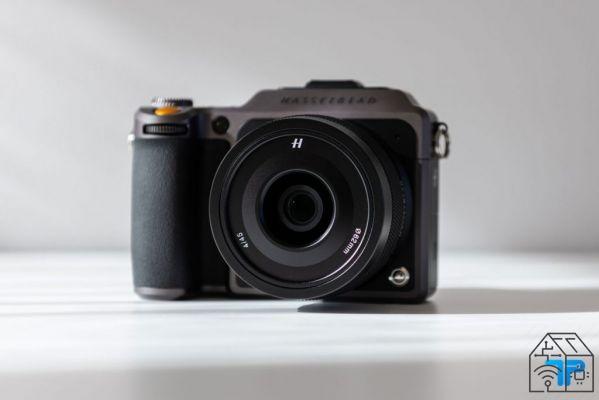
Despite the smaller size compared to the first version of the 45mm, I find that the quality has remained unchanged, but with the great advantage of being quieter and also a slightly faster autofocus. Below you can see the images made with this perspective and observe the sharpness offered even wide open. Also good yield at the level of distortions, almost absent as long as they are on the same level as the photographed subject.
Overall, despite being a professional camera, it has a high price tag and is so detailed it is easy to use, but you have to be careful not to mistake it for a camera that is easy to photograph. I'll explain. You can't expect to leave the house, a photo studio or any other place where everything is under control and start shooting hoping to get medium format results. Do not think about making gusts, it reaches a maximum of 2,7 frames per second. Or to turn on the camera and shoot on the fly. With X1D you have to reason, think, be patient and then shoot. If these aspects of photography aren't your thing, forget about Hasselblad.
The Swedish company, when this mirrorless was presented, talked about great improvements to the autofocus system but, I must be honest, it's not that it has seen many. No doubt some progress has been made, but the a contrast detection which covers almost the entire sensor is sometimes not flawless. There is no continuous focus mode, there is no face detection, let alone eye detection. Here, if I had to define the AF module of X1D II I would say that it is an extremely basic system. Unfortunately it is not only slow in operations, in some situations it is not even accurate despite the fact that the square of the focus point is green, that is, with the fire locked.
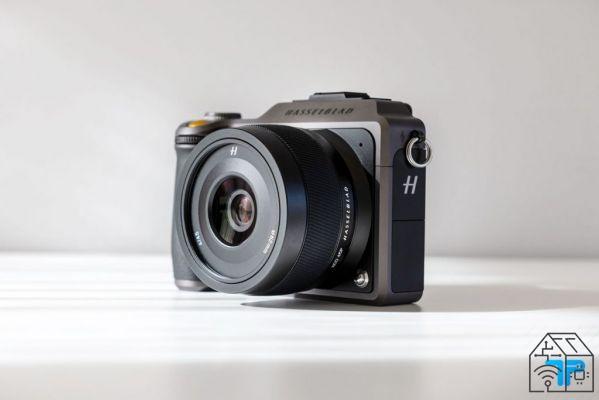
There are therefore situations in which it is certainly better to opt for manual focus, as in the case of portraits or situations in which the subject is not well detached from the background. So at least if the photograph taken was not in focus it would be our fault alone!
Hasselblad X1D II review: image quality
Having overcome the obstacle represented by an AF system not quite up to it, here is the full power of this medium format camera. The color rendering is simply flawless and I could say that the amount of detail it is capable of capturing is almost excessive, even in the shadow and highlight areas. X1D II can rely on an incredible dynamic range, capable of counting approx 14 stop, which means that it is able to bring out details even when it seems to us that we have burnt part of the image or have it underexposed.

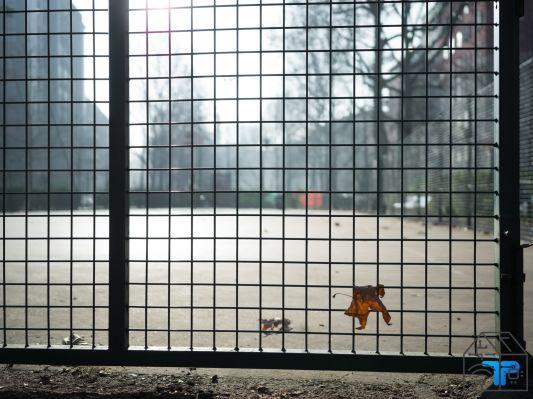


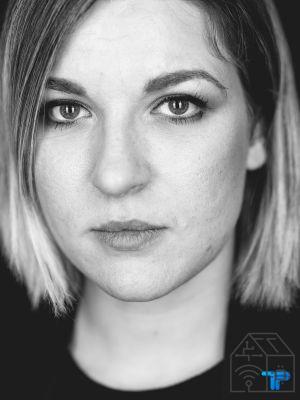
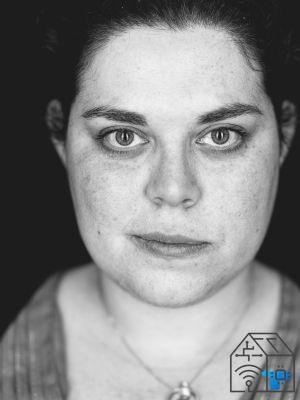




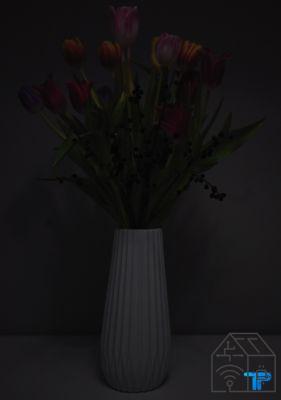
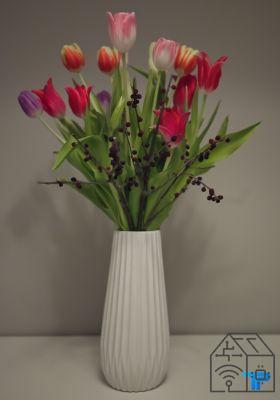
This is especially true for X1D II RAW files, which allow you to recover a badly exposed shot without difficulty. Obviously, if you make a mistake with every shot, knowing that you can then recover, buying this camera after all is perhaps not a great idea ...
Returning to the post-production recovery discourse, it is also good to know that the 3FR files (the Raw format) of X1D II can be opened with Lightroom and obviously with Phocus, Hasselblad's proprietary software. Phocus is also the only software, at least for the moment, that allows you to shoot in thetering and also exists in a mobile version. Phocus Mobile connects to iPad Pro or iPad Air, via cable or Wi-Fi, and we can control the camera remotely or simply download files.
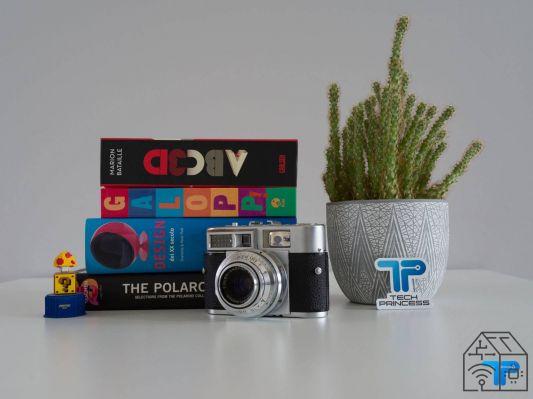
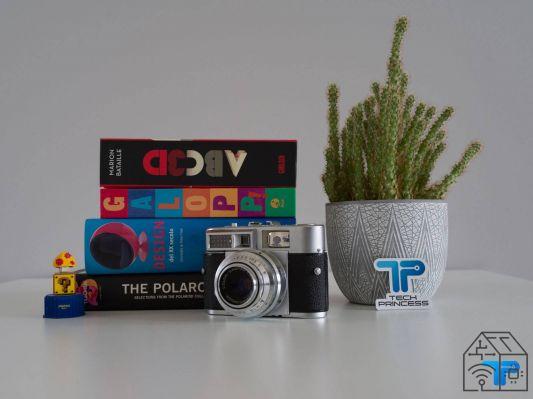
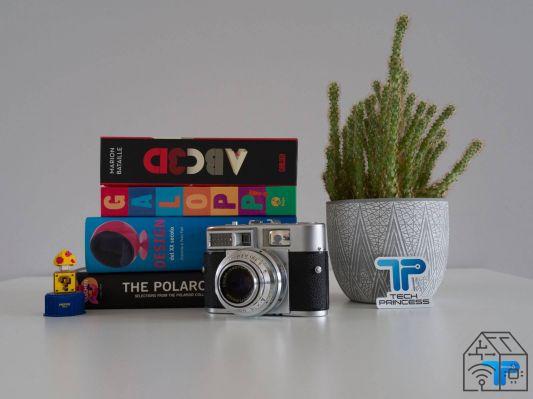
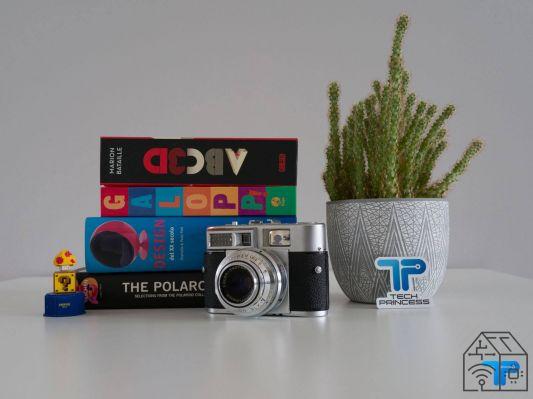
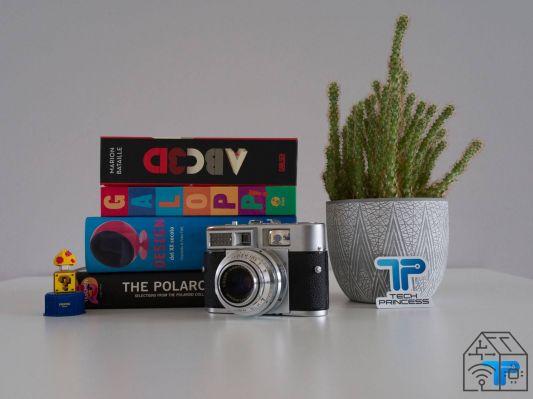
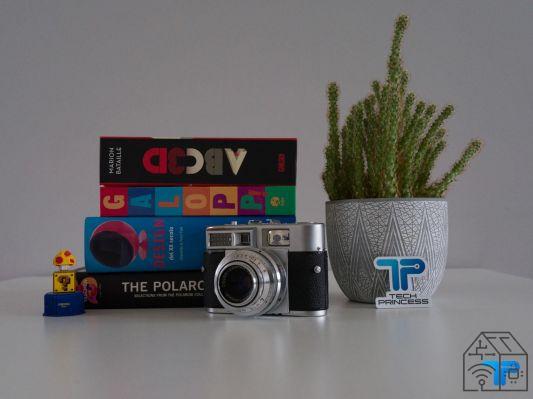
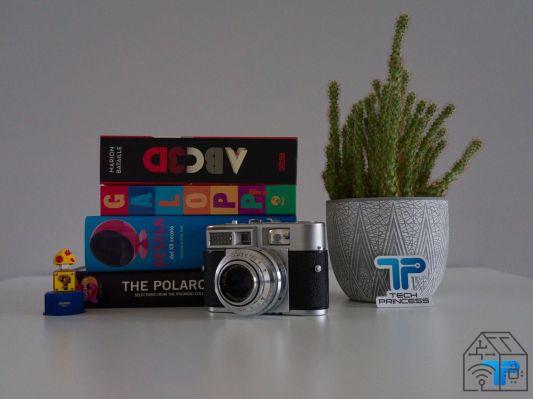
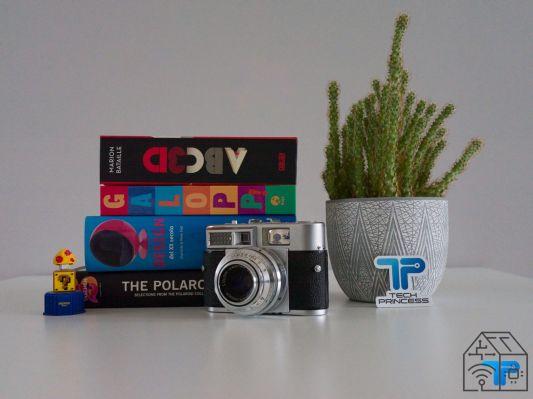
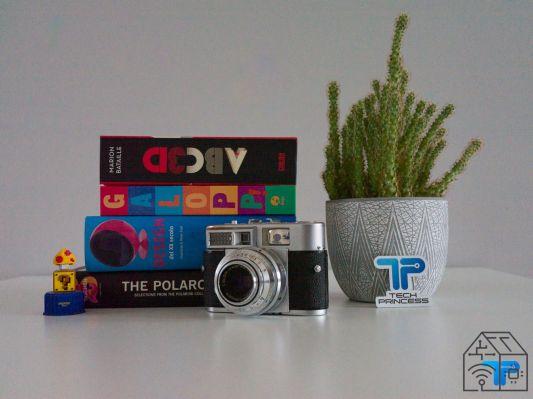
The ISO performance of the X1D II is good, up to ISO 6400 the results obtained may still be usable, but it is obvious that this is not a camera made to exploit the sensitivity range, but to exploit the details and precision of the reproduction of a low ISO scene.
Hasselblad X1D II review: conclusions
In detail, X1D II has several improvements which, however, I do not think justify the upgrade for owners of the first model. But if instead you want to enter the fantastic world of medium format for the first time, the opportunity is tempting. The list price of X1D II is higher than the competition but much lower than that of the first version. I'm talking about about 6.000 €. However, they are not few. And then there are the optics to buy, but in this regard I have to open an important parenthesis. As specified above, the lens I have used for almost all of the photographs in this article is the latest one to come out of the Swedish factory, XCD 45P. And this lens made the experience with X1D II even more enjoyable, I think it is the perfect companion to bring this medium format mirrorless out of a studio, because it is light, small and also costs much less than all other XCD lenses. List price costs € 1.199 and, if you do the math, the price difference with Fujifilm GFX 50R and GF 45mm is not that big. And the real difference, more than in terms of product quality, lies in the feeling of having something as iconic as a Hassleblad around your neck, which, a bit like with Leica, brings photography to life in another way. Like no other brand in the world. And if we include the quality of Hasselblad optics, even the new small XCD 45P, it's a difference that comes with a price.
In Italy it is possible to buy it through the official distributor, Fowa Spa, and in specialized stores.
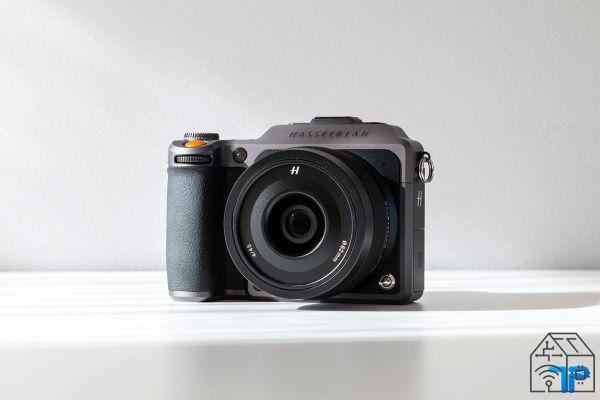
Hasselblad X1DII
Pro 
- Excellent image quality
- Design
- Quality materials
- Excellent LCD and Viewfinder
- Responsive touchscreen
- Ease of use
Cons 
- Autofocus
- Autofocus in low light
- It has no Eye or Face Detection
- Price


























